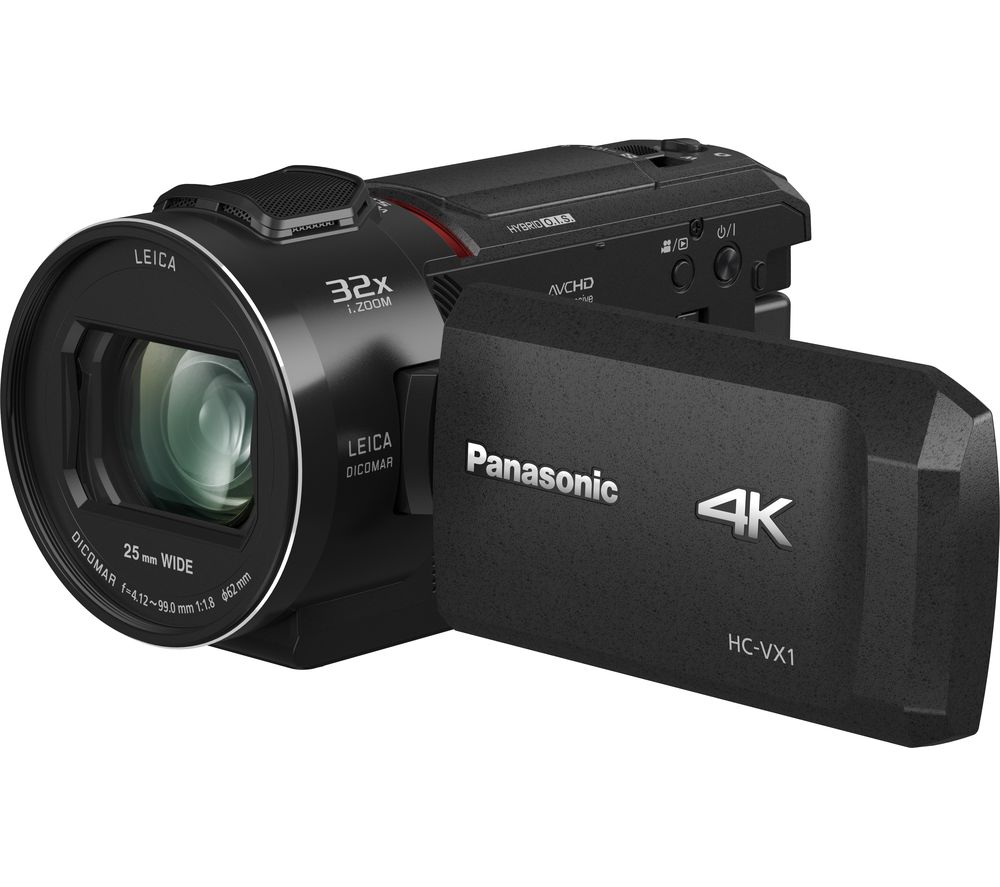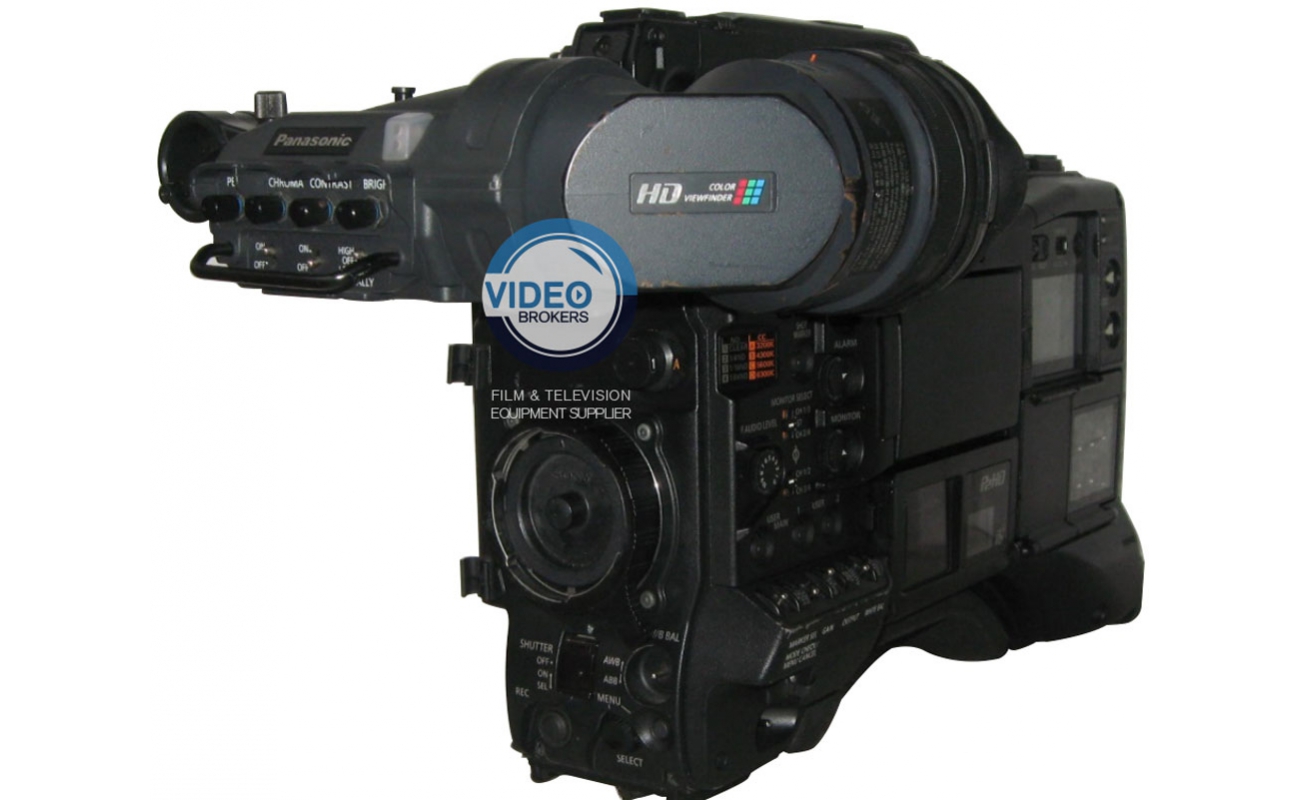

P2 HD cameras range in features just as much as they range in price.

As far as developing cameras goes, they are more focused on the mid-range, professional levels.” The Line Up

“Panasonics are a little bit cheaper,” Brooks asserts, “and Panasonic really seems to listen to what indie filmmakers want. According to Michelle Brooks at Rule in Boston, Sony and Panasonic are “pretty equal partners.” Yet, Panasonic models, specifically the line of P2 HD cameras, in her opinion, are just a little ahead of the game. Panasonic’s main competition in this arena is Sony. P2 cameras have proved themselves highly reliable under all sorts of harsh conditions, are easy to use, and offer much of the same functionality that the bigger and more expensive models do with a smaller footprint at a lower price. The cameras record in MXF (Material eXchange Format) an industry standard “wrapper” compatible with most Macintosh and Windows-based editing systems. This allows for faster than real-time transfers and facilitates editing. New, larger capacity P2 cards (up to 64GB) allow for longer recording times and memory storage, and record video as computer files rather than video data. There’s no doubt they were built for travel. They share the look, feel, as well as many of the features of high-end professional cameras, and moreover, are lightweight, portable and manageable. Introduced three years ago, Panasonic’s line of P2 solid-state recording HD cameras offers a high-definition recording system at an affordable price.


 0 kommentar(er)
0 kommentar(er)
